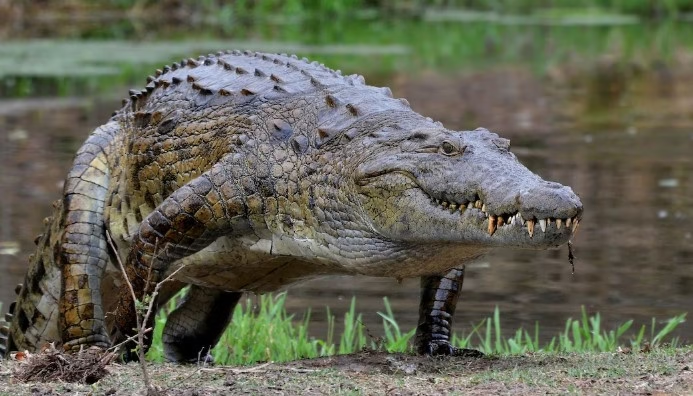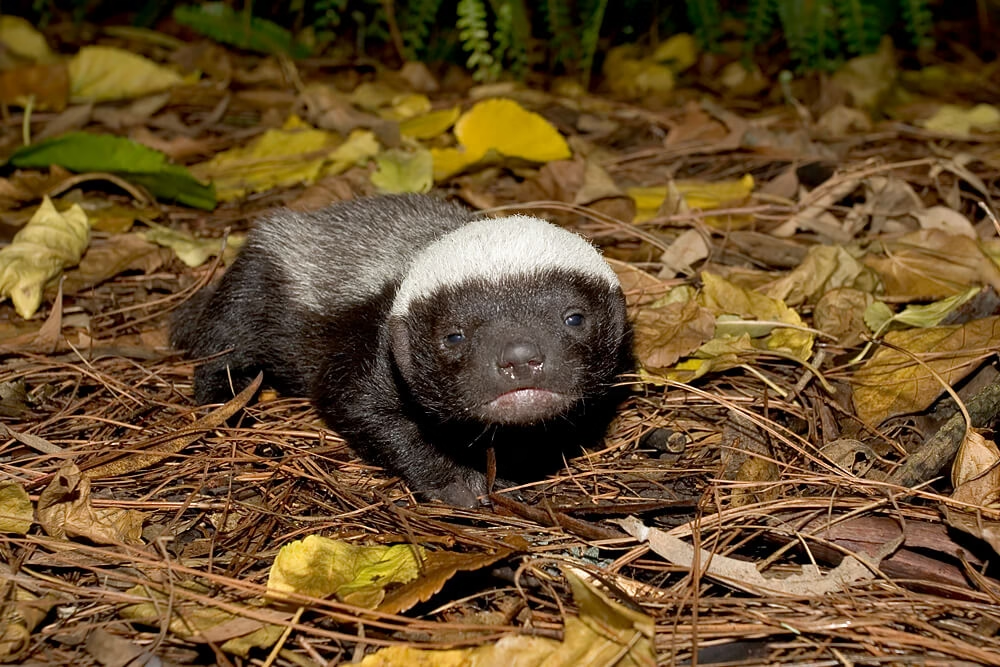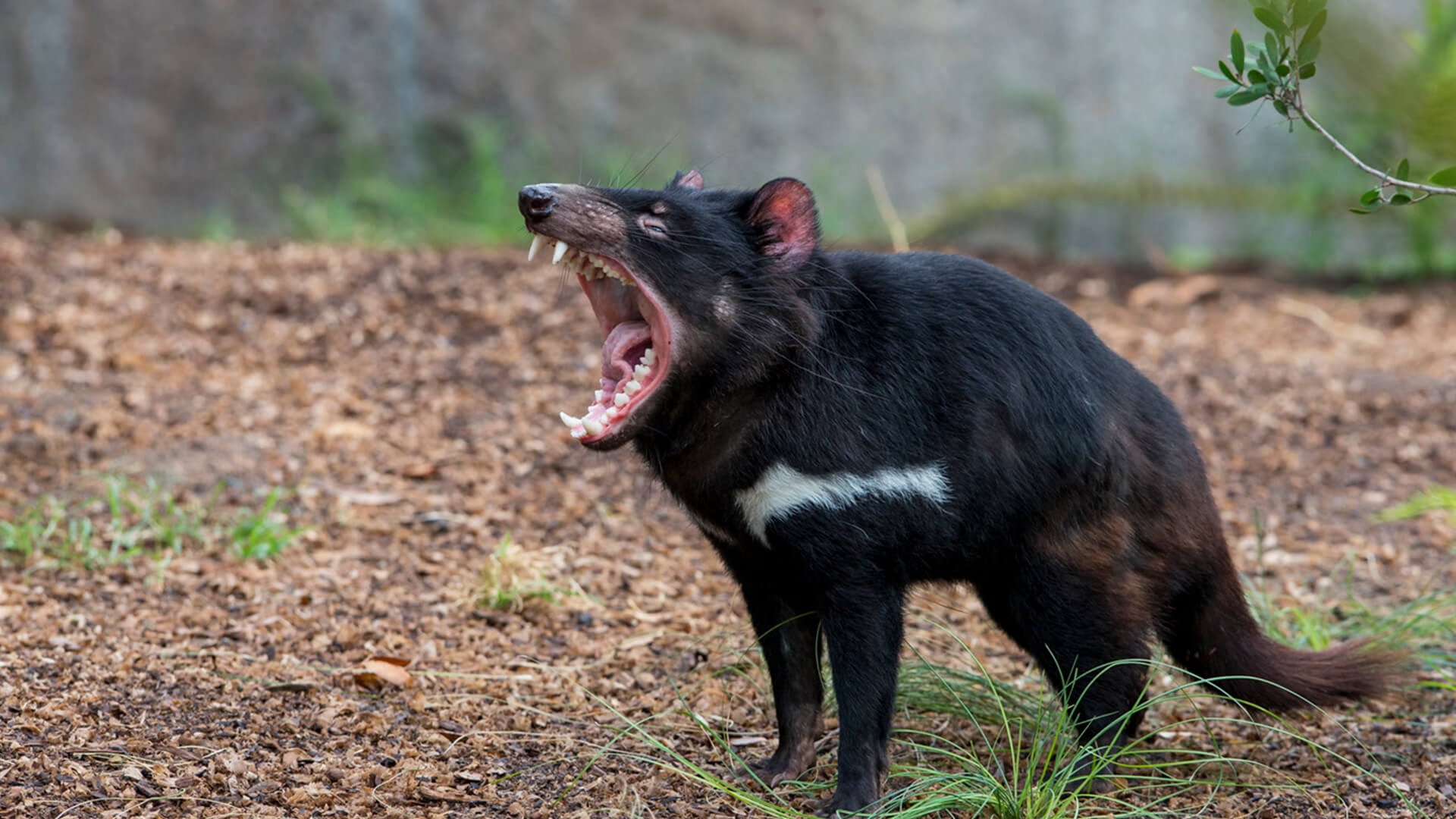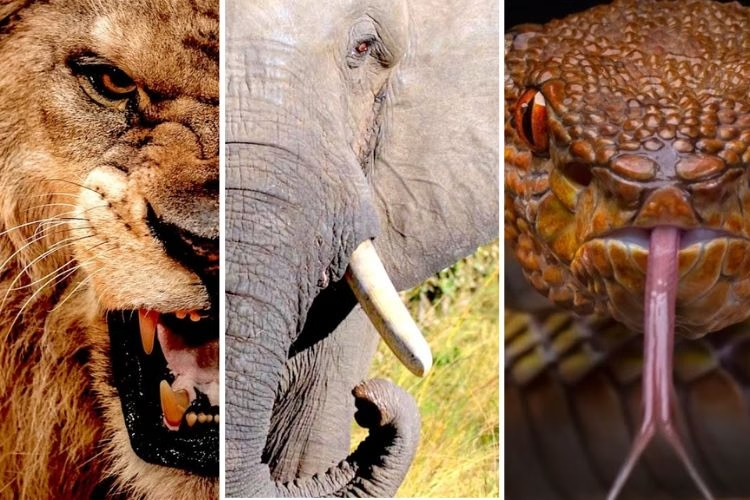Top 10 Most Aggressive Animals in the world
Introduction
Aggression in the aggressive animals kingdom is a natural behavior driven by survival, self-defense, territoriality, and the need to protect offspring. While many aggressive animals avoid conflict unless provoked, some species are known for their unusually fierce and unpredictable nature. These aggressive animals can pose significant threats not only to other wildlife but also to humans who encroach on their territory or disturb them. From large predators with powerful jaws to seemingly small creatures with explosive tempers, aggression manifests in many forms. Understanding these animals and their behavior helps us respect their space and avoid potentially dangerous encounters.
This list of the top 10 most aggressive animals in the world showcases species from various environments—land, sea, and air—that are known for their combative tendencies. Whether driven by instinct, fear, or dominance, their aggression is a key part of their survival strategy in the wild.
Nile Crocodile

The Nile crocodile is one of the most aggressive and dangerous reptiles on the planet. Found throughout sub-Saharan Africa, this massive predator is known for its stealth and explosive attacks. It is highly territorial and will strike at anything it perceives as a threat, including humans. With powerful jaws and a deadly bite force, the Nile crocodile is responsible for hundreds of human fatalities each year, earning it a fearsome reputation in the wild.
Hippopotamus
Despite their seemingly calm appearance, hippopotamuses are extremely aggressive and unpredictable aggressive animals . Native to Africa, they are highly territorial, especially in water, where they spend most of their time. Hippos will charge boats, vehicles, and other aggressive animals that come too close, using their massive size and strong jaws to inflict serious harm. Surprisingly, they are responsible for more human deaths in Africa than lions, making them one of the continent’s most dangerous aggressive animals .
African Buffalo
The African buffalo, also known as the Cape buffalo, is often referred to as “Black Death” due to its unpredictable nature and willingness to attack without warning. Found across sub-Saharan Africa, these large bovines are known for their strong herd instincts and powerful build. When threatened or injured, they can become extremely aggressive, often charging at predators or humans with incredible force. Their ability to defend themselves as a group makes them particularly dangerous to hunters and other animals.
Saltwater Crocodile
The saltwater crocodile is the largest living reptile and one of the most aggressive animals in existence. Found in coastal regions from India to northern Australia, this apex predator is highly territorial and known for its stealth and speed. It can launch itself out of the water with surprising agility to seize prey. Saltwater crocodiles are not only aggressive toward other aggressive animals but also show little hesitation in attacking humans who venture too close.
Honey Badger

The honey badger, or ratel, is widely regarded as one of the most fearless and aggressive animals in the world. Native to Africa, Southwest Asia, and the Indian subcontinent, this small carnivore has a reputation for taking on predators much larger than itself, including lions and hyenas. It possesses incredibly tough skin, sharp claws, and a strong bite. When threatened, it fights back with relentless ferocity, making it a true symbol of toughness in the aggressive animals kingdom.
Cassowary
The cassowary is a large, flightless bird native to the tropical forests of New Guinea and northeastern Australia. Often called the most dangerous bird in the world, it is known for its territorial aggression and powerful legs. Cassowaries can deliver deadly kicks with sharp, dagger-like claws that can seriously injure or even kill. They are typically shy but can become highly aggressive if they feel threatened, especially during the breeding season or when protecting their young.
Cape Cobra
The Cape cobra is one of Africa’s most venomous and aggressive snakes. Found mainly in southern Africa, this cobra is known for its defensive behavior and tendency to stand its ground when threatened. It can deliver a potent neurotoxic venom that affects the respiratory system, making bites potentially fatal if not treated quickly. Unlike some other snakes, the Cape cobra often shows little hesitation in striking and may even approach perceived threats, making it a particularly dangerous reptile.
Wolverine
The wolverine, a member of the weasel family, is a small but incredibly aggressive carnivore found in the cold northern regions of North America, Europe, and Asia. Despite its size, it has a fierce reputation due to its strength, stamina, and fearless nature. Wolverines are known to attack aggressive animals much larger than themselves, including wolves and bears, especially when defending a kill or territory. Their bold behavior and relentless attitude make them one of the toughest aggressive animals in the wild.
Bull Shark
The bull shark is considered one of the most aggressive shark species in the world. Found in warm, shallow coastal waters and even freshwater rivers, it often comes into close contact with humans. Its aggressive nature, combined with a tendency to swim in populated areas, makes it one of the top species involved in unprovoked shark attacks. Bull sharks are highly territorial and unpredictable, making them a serious threat in both saltwater and freshwater environments.
Tasmanian Devil

The Tasmanian devil, native to the island of Tasmania, is a small marsupial known for its loud screeches, powerful bite, and aggressive feeding behavior. Despite its size, it exhibits extreme aggression when competing for food, often engaging in fierce fights with others of its kind. It also defends its territory vigorously. With its strong jaw muscles and relentless attitude, the Tasmanian devil has earned a fierce reputation that belies its small, stocky appearance.
Conclusion
Aggression in animals is often a survival mechanism, driven by the need to protect territory, secure food, or defend against threats. The species on this list demonstrate that aggression isn’t limited to size—smaller animals can be just as dangerous as larger predators. Understanding their behaviors helps us appreciate the complexity of wildlife and the importance of respecting their space. Whether on land, in water, or in the air, these aggressive animals remind us that nature is both powerful and unpredictable.
You Can Also Read: Top 10 Most Dangerous Animals
FAQS
Which animal is the most feared in the world?
Lions. A fierce, big cat, the lion can be aggressive to humans, attacking and killing using sharp teeth and claws when it feels threatened and to protect its young.
What is the deadliest single animal ever?
The Champawat Tiger
“American Sniper meets Jaws: The gripping true account of the Champawat Tiger, the deadliest animal of all time (killer of an astonishing 436 humans), and Jim Corbett, the legendary hunter who brought it down in 1907”
What is the deadliest big cat?
Black-Footed Cat
Despite being one of the smallest wild cats, black-footed cats (Felis nigripes) are considered the world’s deadliest cat, with a hunting success rate of 60 percent.
Which animal has highest anger?
The most aggressive animals could include the hippopotamus, which kills more people in Africa than any other animal apart from disease-carrying insects [source: Hammond]. There are other animals with violent reputations. Polar bears and grizzly bears are known for their aggressive behavior and powerful attacks.
Why are lions so aggressive?
When lions are on a kill, they get very aggressive, and they get aggressive with each other, as food is their source of life. When they have killed something, there is a hierarchy that comes into play, where the more dominant lions will feed on the kill first.
